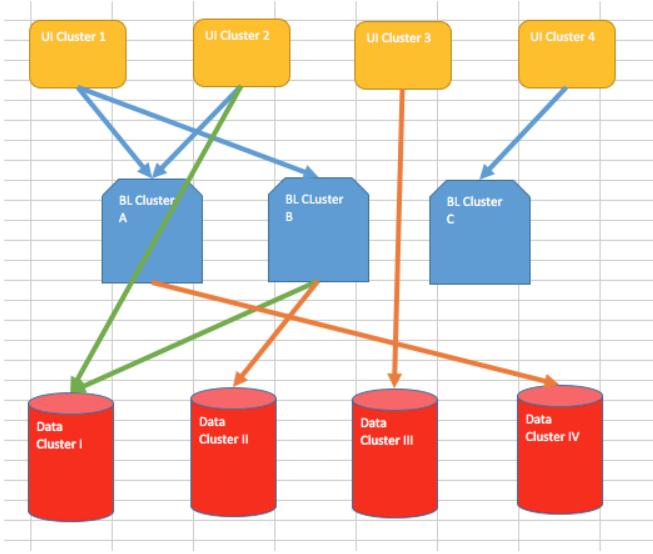Data Governance and Data Lineage with PITSS.CON
From the development, architectural, and business point of view.
Written by Stephen La Roca
Senior Business Development Manager
@StephenLaRocca
What is Data Governance?
“Data governance is a set of processes that ensures that important data assets are formally managed throughout the enterprise.”
Wikipedia
What Problems Does it Solve?
— Processes are not known
— Do processes really ensure this?
— What are the data sets?
Our PITSS.CON tool helps to answer all these questions.
From the bottom up, PITSS.CON analyses the data model inside the database and across applications to allow the definition of buckets or data sets. This could be customer, product, order, account or any other meaningful sets of tables and views.
These kind of clusters — or in PITSS.CON called “systems” — are also useful for the business logic, implemented in packages and libraries and in the User Interface dashboard. So at the end of the day PITSS.CON visualizes different sets on these three levels: UI, Logic and database. All data access (reading, creating, deleting, or updating data) between these levels are parsed and put into the overview as well.
This picture is the map of your application; it shows all possible walkthroughs represented via the buckets. But it doesn’t show what is really used and how frequently.
Therefore our Use Case analysis tracks the real world usage of this map. With this second step, PITSS.CON gives every arrow a weight, representing the usage of the specific way. If allowed, PITSS.CON could add the users or user groups on top of the UI Layer to see which kind of user connects with which interface.
For the most detailed information possible, you could activate database auditing inside your Oracle Database to see the specific row in the specific table that is part of the tracked process.
Data Lineage, as a sub-discipline of Data Governance, takes care of the dependency between different data sets. As an example, you will see the influence in a multistage data warehouse project from the first staging object until the last cube.
PITSS.CON loads and parses not only objects from a transactions system, but also scripts, jobs and loading activities in a data warehouse project. This extends the map of your application with possible arrows for the streams between your data sets. If necessary, this could be an analysis of not only a table but also on the attribute level.
To summarize, the actual level of Data Governance with the major requirements for data quality, user accountability, process quality, and data control could be analyzed in depth with PITSS.CON Source Code analytics and Use Case analysis. The necessary steps could be monitored in an ongoing way. In addition, helpful solutions in the Oracle landscape for data quality, security, and data auditing could be advised and implemented.
About PITSS
PITSS modernizes, customizes, migrates, and extends the life of valuable legacy Oracle systems. Using data, proprietary software, and deep-dive analysis, we reduce the cost and scope of your digital transformation effort by focusing on the highest ROI processes first. Then, we pave the complete road between you and your new horizons with confidence and expertise. Our full-stack team of experienced UI/UX designers, developers, engineers, technical leads and project managers can guide you through each step of a project. No one knows Oracle Forms like we do—we can take you from planning, to pilot, to the cloud and beyond.
Meet our team to see how we can transform the systems that matter most to your business.

